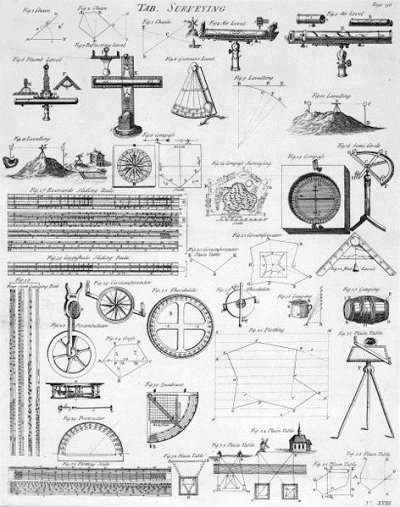Chain Surveying or Linear Surveying | Surveying and Levelling
It is the method of land surveying in which only linear measurements are made.
Chain surveying requires chain, tape and ranging rods.
Chain surveying is not suitable for large areas having many details.
(The term “details” means a natural or manmade features at or near the ground surface).

It consists of the following:
Hard details
Hard details include buildings, roads, walls etc.
Soft Details
Soft details include river, vegetation, trees etc.
Overhead details
Overhead details include power and telephone lines.
Underground details
Underground details include survey of water mains, sewer etc.
Principles of Chain Survey
A triangle is a simple figure which can be plotted from the lengths of three sides even if the angles are not known.
In chain survey, the area to be surveyed is divided into a framework consisting of triangles.




